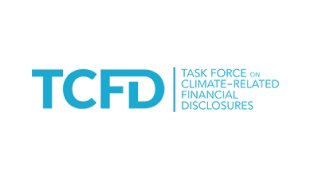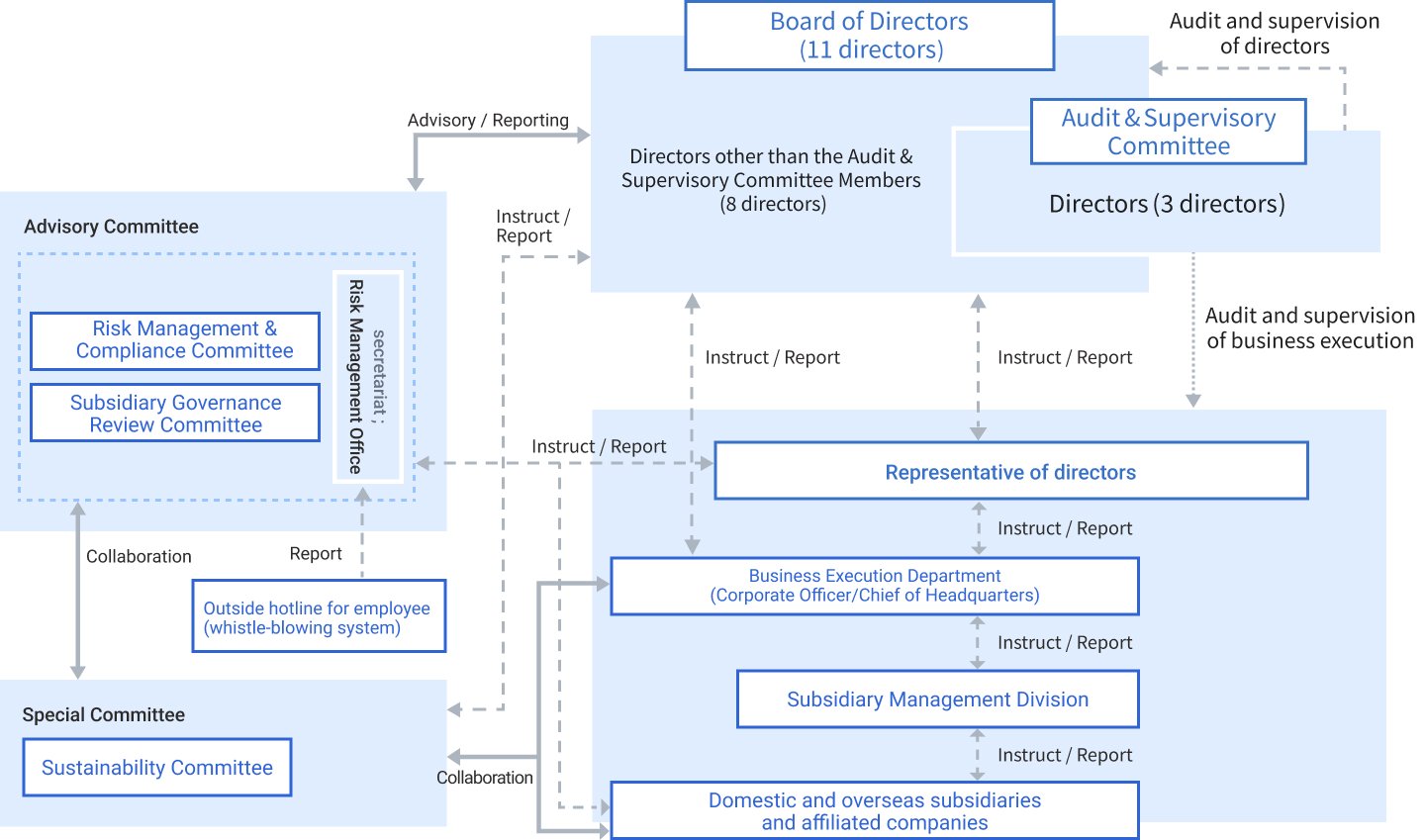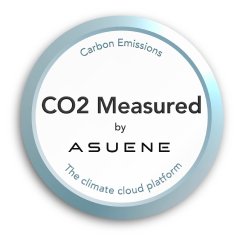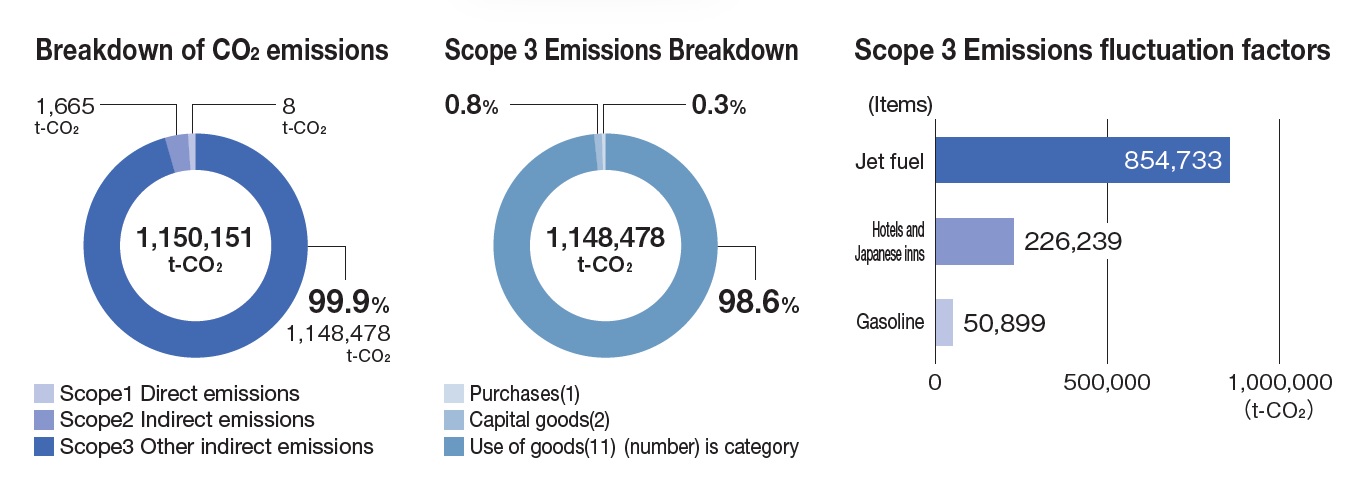Policy
Accordingly, we work to conserve resources and reduce the environmental footprint of our business activities.
Moreover, we consider it our mission to provide opportunities for people to experience and learn about our planet's rich environment and biodiversity as something we can do for a sustainable world as a company with a heritage in the tourism industry.

Disclosure in accordance with the TCFD Framework
We will continue to promote and improve our disclosure in line with the TCFD recommendations.
Addressing climate change
(information disclosure based on TCFD recommendations)
1.Governance
In accordance with the value we strive to consistently provide to society, our code of conduct, and the HIS Group Philosophy which represents our founding spirit, HIS Group is working to establish and utilize internal governance mechanisms toward the aims of strengthening sustainability promotion systems, increasing corporate value, and being the preferred company of choice.
Under the leadership of the Sustainability Promotion Committee chaired by the representative director and president, the Risk Compliance Committee, operational divisions, and foreign and domestic subsidiaries are coordinating to discuss key initiatives and policies, as well as monitoring progress toward goals, etc., and promoting sustainability efforts. Furthermore, to enhance effectiveness on materialities (critical issues), we established the Sustainability Promotion Project, DEIB Promotion Project, Human Rights Project, and HIS Americas Sustainability Promotion Committee as subordinate organizations of the Sustainability Promotion Committee composed of the members of operational divisions, engaging in regular activities under the oversight of this committee. In addition, this committee presents or reports important matters to the board of directors, and receives appropriate instructions and advice.
Sustainability Promotion Structure

2.Strategy
We will promote priority measures for items with high risk significance and long-term impact.
Physical Risk
| Impact | Item of risk/opportunity | Measures | Period |
|---|---|---|---|
| High |
Increasing frequency of typhoons, heavy rains, heat waves, etc. and increasing severity of damage |
|
Short-Long |
| Medium | Suspension or delay in service provision due to data center (DC) damage caused by natural disasters |
|
Short-Medium |
Transition risk
| Impact | Item of risk/opportunity | Measures | Period |
|---|---|---|---|
| High |
Changes in customer behavior and preferences due to increased interest in climate change |
|
Short-Long |
| Medium | Cooling consumer sentiment due to rising service prices due to soaring fuel prices |
|
Short-Long |
| Medium | Decline in services due to environmental changes such as rising temperatures and sea levels, and the enactment of new regulations, laws, and ordinances |
|
Medium-Long |
| Medium | Decrease in corporate value and decrease in investment and business partners when climate change efforts are judged as insufficient |
|
Short-Long |
| Low | Increase in business operating costs due to restrictions on vehicle operation and taxation according to emissions because of stricter regulations on GHG (greenhouse gas) emissions |
|
Medium-Long |
| Low | Increase in business operating costs due to the introduction of carbon pricing |
|
Long |
Short (~FY2024), Medium (FY2025~FY2026), Long (FY2027~FY2030)
*01 December 2023
3.Risk management
Within the HIS Group, the Sustainability Committee and the Risk / Compliance Committee collaborate to identify, evaluate, and manage climate-related risks. The Risk Management Office collects information on business risks for the Group as a whole, including risks related to climate change, and shares its findings with the Risk / Compliance Committee. The committee develops a management system for identifying, analyzing, evaluating, and responding to potential risks, and conducts activities to prevent risks from materializing. The Sustainability Committee engages in activities such as ascertaining risks associated with climate change, analyzing them in accordance with the framework of the TCFD recommendations, discussing important policies and measures related to the environment, and monitoring progress toward targets. It provides reports to the Board of Directors as deemed necessary.
The Risk Management Office collects information on business risks for the Group as a whole, including risks related to climate change, and shares its findings with the Risk / Compliance Committee.
The committee develops a management system for identifying, analyzing, evaluating, and responding to potential risks, and conducts activities to prevent risks from materializing.
4.Indicators and Targets
*HIS Hotel Holdings, Kyushu Sanko Group

HIS Co., Ltd.
CO2 Reduction Target
| Medium-Term Goals | Achieve net-zero CO2 emissions from our own operations (Scope 1 and 2) by FY2030 |
|---|---|
| Long-Term Goals | Achieve net-zero CO2 emissions across our entire value chain, including our supply chain (Scope 1, 2, and 3), by FY2050 |
Breakdown of CO2 emissions (unit: t-CO2)
*For Scope 3, we calculate all applicable categories (categories 1 to 7, 11, and 13) in our business activities.
| Scope1 | Scope2 | Scope3 | |
|---|---|---|---|
| HIS Co.,Ltd. |
8 |
1,665 | 1,148,478 |

Reduction Efforts
Major domestic group companies (2 companies)
Breakdown of CO2 emissions (unit: t-CO2)
| Scope1 | Scope2 | |
|---|---|---|
| H.I.S. Hotel Holdings Co., Ltd. |
2,599 |
6,489 |
| Kyushu Sanko Group | 98,710 | 7,180 |
